Table of Contents
In the last part of this series I discussed in-depth, the effect of weight on cycling speed.
I inputted my body weight, bike weight, gear weight and average power into BikeCalculator.com and found that every kilogram added was contributing between 10 to 90 seconds over a 100km ride – depending on the number of vertical metres gained.
I’m back now, after spending the last month testing and assessing different loads on different courses.
Before I started this testing, I felt that the effects of weight were blown out of proportion. Some people spend huge amounts of money on lightweight bikes and gear with the idea that it will make their tours easier or faster. Some people even leave gear at home that can significantly improve the comfort of their bike trip.
The idea behind this testing is to quantify weight into time. That way we can be more rational about our gear choices.
Right-o, let’s get to it.
The Experiment
I took my Surly Long Haul Trucker with two large panniers (mounted to my rear rack) on a 15.37km (9.5mi) long undulating route which offered 276m (905ft) of climbing. The day I chose was sunny, warm and dry. The circuit was very sheltered, significantly reducing any hindrances from the wind – no significant breeze was ever felt. The circuit was designed to mimic a day touring in the mountains, whereby almost 2000m (6562ft) of elevation was gained.
At the time of testing my body weight was 78kg (172lb) and my Surly touring bike was 15kg (33lb). I didn’t carry any water on the bike throughout the testing.
I conducted two test runs for each load – the first with 5kg (11lb), the second with 25kg (55lb) and the third with 15kg (33lb). These are pretty typical gear weights that people carry on bike trips ranging from guided to self-supported. My testing sequence was 5, 25, 15, 5, 25, 15kg.
I used a Stages crank-based power meter to measure my ‘power’ or ‘effort’. I tried my best to maintain 200 watts at all times, generally fluctuating between 180-220w (200 watts average). This power rate is one I know I can push all day. I kept my body position upright and in my hoods at all times, and kept my pedalling cadence to a consistent amount.
I drank half a bidon and ate one muesli bar (left at the start/finish) between each test run. I would expect that my body weight remained relatively consistent throughout the testing.
What about fatigue?
Here’s the deal; I got fatigued, but that didn’t affect the results. How? I picked a power that I knew I could push all day long, so even as I was getting gradually more tired after each test run, the pressure I put through the pedals remained the same from start to finish. As a result, pushing 5kg on my fourth run was more difficult than pushing 25kg on my second run!
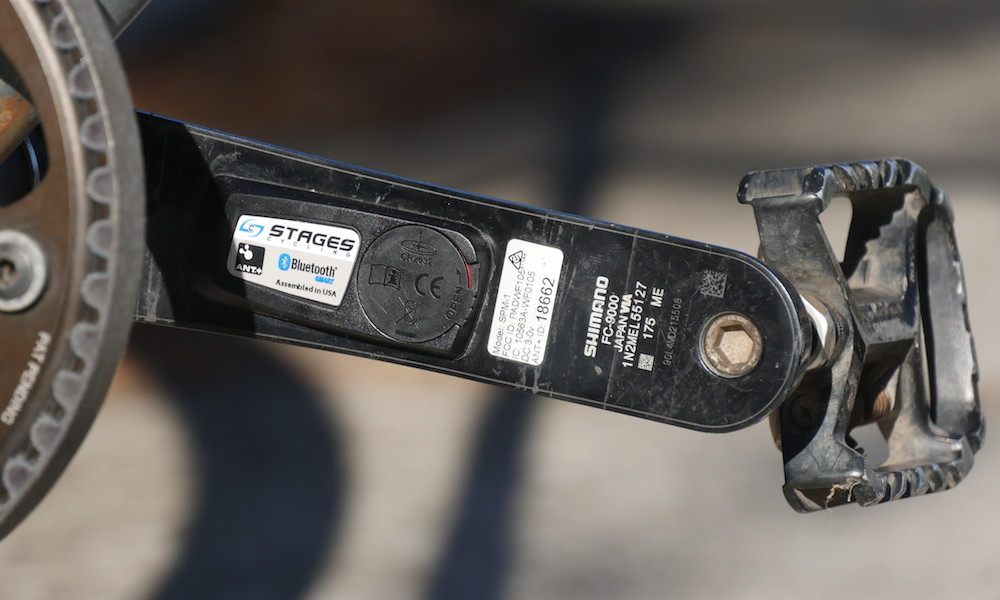
Results
Carrying 5kg (11lb) on a 15.37km Circuit with 276m Climbing
Run 1: 39:55 (199w @ 23.10km/h)
Run 2: 39:25 (199w @ 23.40km/h)
Average: 39:40 (199w @ 23.25km/h)
Carrying 15kg (33lb) on a 15.37km Circuit with 276m Climbing
Run 1: 41:26 (200w @ 22.27km/h)
Run 2: 41:22 (198w @ 22.29km/h)
Average: 41:24 (199w @ 22.28km/h)
Carrying 25kg (55lb) on a 15.37km Circuit with 276m Climbing
Run 1: 42:40 (199w @ 21.61km/h)
Run 2: 42:24 (200w @ 21.75km/h)
Average: 42:32 (199.5w @ 21.68km/h)

Now, let’s extrapolate the data I collected into a 100km ride:
Extrapolated Data for a 100km (62mi) Ride with 1796m (5892ft) climbing
5kg Load: 258.06 mins @ 23.25km/h
15kg Load: 269.28 mins @ 22.28km/h +11 mins (4.2% slower or 1:07/kg)
25kg Load: 276.78 mins @ 21.68km/h +18 mins (6.8% slower or 0:56/kg)
Average unit of time per extra kilogram carried
1:02 minutes
Analysis
The effect of weight throughout my testing was actually lower than initially predicted, and wow – the numbers are IMPRESSIVELY close to what the calculator spits out. The BikeCalculator ride time was within a few minutes of the test data over 100km, even with all of the variables involved.
The reason I feel it is reasonable to extrapolate the data is that my course was long enough to balance out many external influences. Doing the circuit twice, and getting within seconds each time, even after 40+ minutes riding – was reassuring of that fact. Should I have made the test course any longer, there would have been the risk of greater changes in the weather, which wouldn’t have provided a fair comparison between each of the loads that I was carrying.
If I adjust the BikeCalculator.com data from Part One to my 1796m climbing route
5kg Load: 251.75 mins @ 23.83km/h
15kg Load: 265.00 mins @ 22.64km/h +13 mins (5.0% slower or 1:20/kg)
25kg Load: 278.80 mins @ 21.52km/h +27 mins (9.7% slower or 1:20/kg)
Average unit of time per extra kilogram carried
1:20 minutes
The numbers are close, but why could there be a discrepancy?
There’s a reason why the 15kg and 25kg loads in my testing are not consistent with the calculator. Two climbs on my circuit were rather steep, requiring more power than 200w for a short burst (as I ran out of gears!). The time period I was over 200w while carrying 25kg was slightly longer than with 15kg. The consequence is a slightly faster climb time, and a minor skewing of the numbers. I have no doubt that if I had the right gears, the time per extra kilogram would’ve crept up just a few seconds.

Other Testing
Flat Course
I attempted to do some speed testing on a flat circuit but found that it was too difficult to get any consistent results. The maths from the previous part of this series backs that up: it predicted about 10 seconds per kilogram extra over 100km. A slight change in breeze direction was going to muddy my results for that testing… so I scrapped it.
Aerodynamics
I did a couple of tests using some Ortlieb Front Roller panniers (12.5L) on my rear rack instead of the larger Back Roller bags (21L). Even just the switch to a bag with less frontal area dropped my lap time by 45 seconds (from 39:40 to 38:55 average on 2x course laps – carrying 5kg). Over 100km the aerodynamic advantage would’ve saved me about five minutes. That’s the equivalent of carrying 5kg LESS weight in the big panniers.
So is weight as significant as we think?
I came into the test with the feeling that a few kilograms here and there weren’t really going to affect my bicycle tours. The data that I’ve collected has confirmed my suspicions.
I’d like to reiterate a few things:
A little bit of extra weight isn’t that significant in terms of time.
A handful of kilograms is not going to impact your tour significantly. It will add a few minutes to your daily ride time only.
The flatter your tour route, the less weight matters.
Flat riding will make the weight of you and your bike quite insignificant. For me to carry 10kg extra on a 100km flat ride, I’ll arrive only 90 seconds later than without it.
The more distance you’re looking to travel per day, the more weight matters.
The time savings become more significant, the longer you’re on the bike each day. If I were to carry an extra 10kg on a hilly 300km ride, I’m looking at finishing over 30 minutes later than without that weight. A ride of that length would take me ~13 hours, and by that stage I’d really appreciate any time savings I can get!
Aerodynamics = Key
If you care about speed, you should care about aerodynamics.
Aero savings are MOST important on the flat, given the higher average speeds. Adopting a slightly lower bike position, using tighter-fitting clothes and making use of bikepacking bags (or smaller panniers) will allow you to travel faster through the wind.
I recently completed some aerodynamic testing on a velodrome to see what the speed differences are between bikepacking bags, front panniers, rear panniers and both panniers. You can see the test results HERE.
Better Reasons to Drop Weight From Your Kit
I still like to reduce my gear weight, for the following reasons:
In the pursuit of minimalism
I try not to bring things that aren’t used frequently, as they clutter up my bags and just generally feel unnecessary. If I’m not using it, I’ll post it home. Minimalism and simplicity are mantras that I tend to follow across the board in life.
To improve my bike’s handling
Less weight means better bike manoeuvrability. With a less loaded bike, you’ll be able to change your bike’s direction faster to avoid obstacles like potholes.
To make flying with my bike cheaper
You are paying for every kilogram you fly with, so what better reason than to strip weight to make flying cheaper!
In order to reduce component stress
Dropping the weight of your gear will mean that you’ll put less stress on your frame and components, resulting in longer-lasting gear. As you drop your gear weight, you’ll also be able to employ lighter weight bikes and components.
To make carrying my bags easier off the bike
When travelling by bike, it is often that you’ll need to carry your gear up and down stairs, onto trains and through people’s houses. By having less stuff, the off-the-bike carrying is MUCH easier!
Summary
Now that you know that an extra kilogram over 100km is worth somewhere between 10 and 90 seconds, should you be less concerned about weight?
I think so.
If you’re deciding between a 1kg tent for $600 and a 2kg tent for $200 – don’t spend the extra money in the hope you’ll ride a lot faster. You’re much better off buying your gear based on functionality and value for money.
If you’d like to improve your riding speed, consider using more aerodynamic clothes and luggage setups. Bikepacking bags have less frontal area than panniers so you’ll be able to cruise along at considerably faster speeds.
My testing has confirmed that BikeCalculator is a very accurate tool for measuring speed. I was really impressed by the numbers it gave me, and have no qualms in recommending it to see how weight will affect YOUR time over the distances YOU travel.
If you don’t have access to a power meter, perhaps jump on a ‘spin bike’ at a gym. Most stationary bikes will give you a somewhat accurate power figure, and if you were to spin for half an hour at a pace you feel comfortable – you’ll have the critical data required for your own accurate BikeCalculator calculations.
If You Missed Part One, head HERE For My Initial Calculations. Click HERE For My Aero Testing.


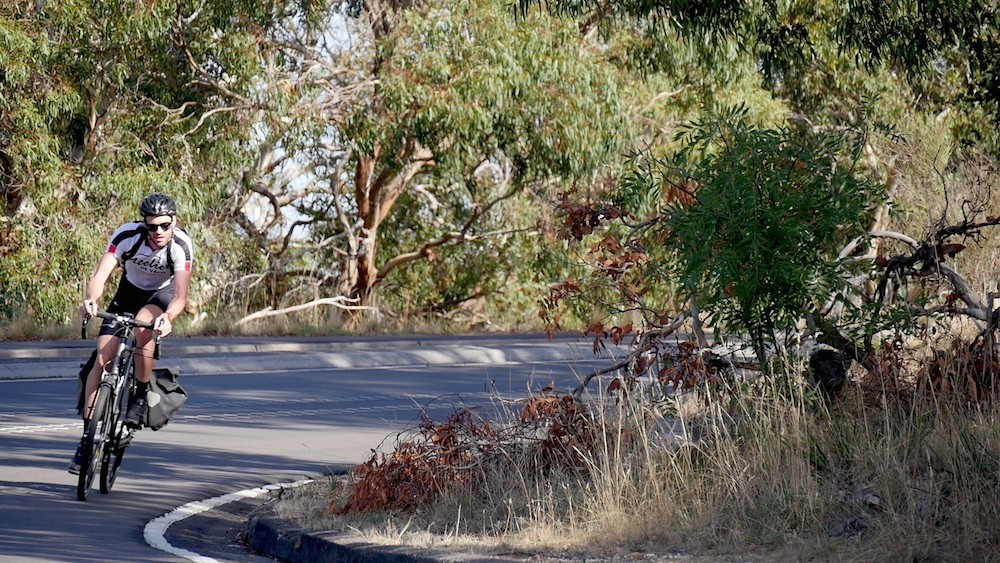
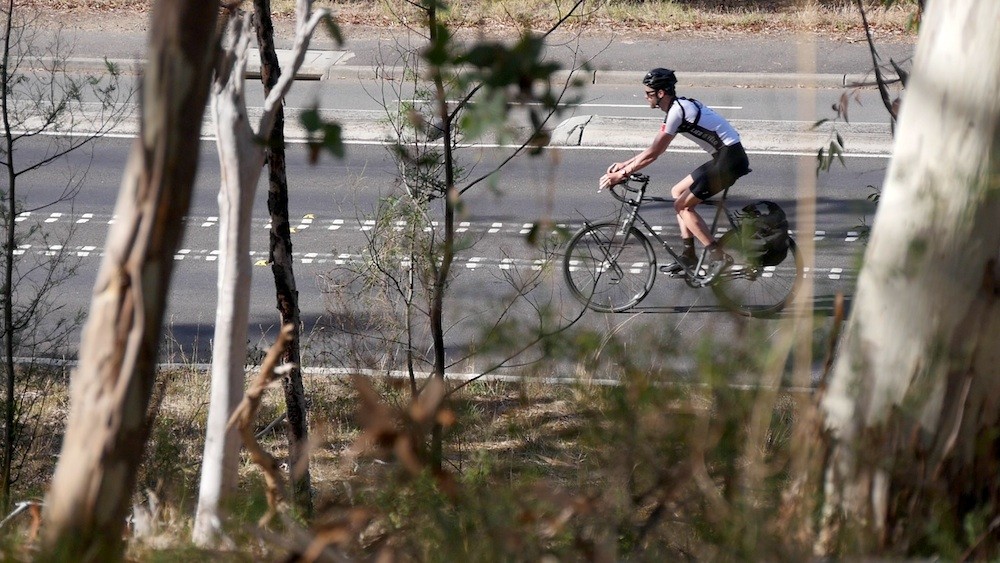
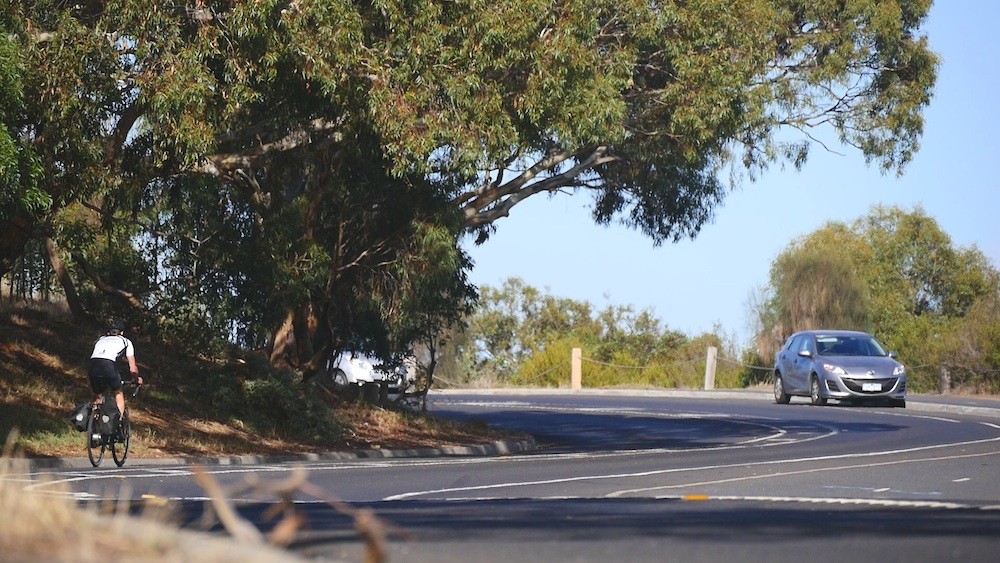
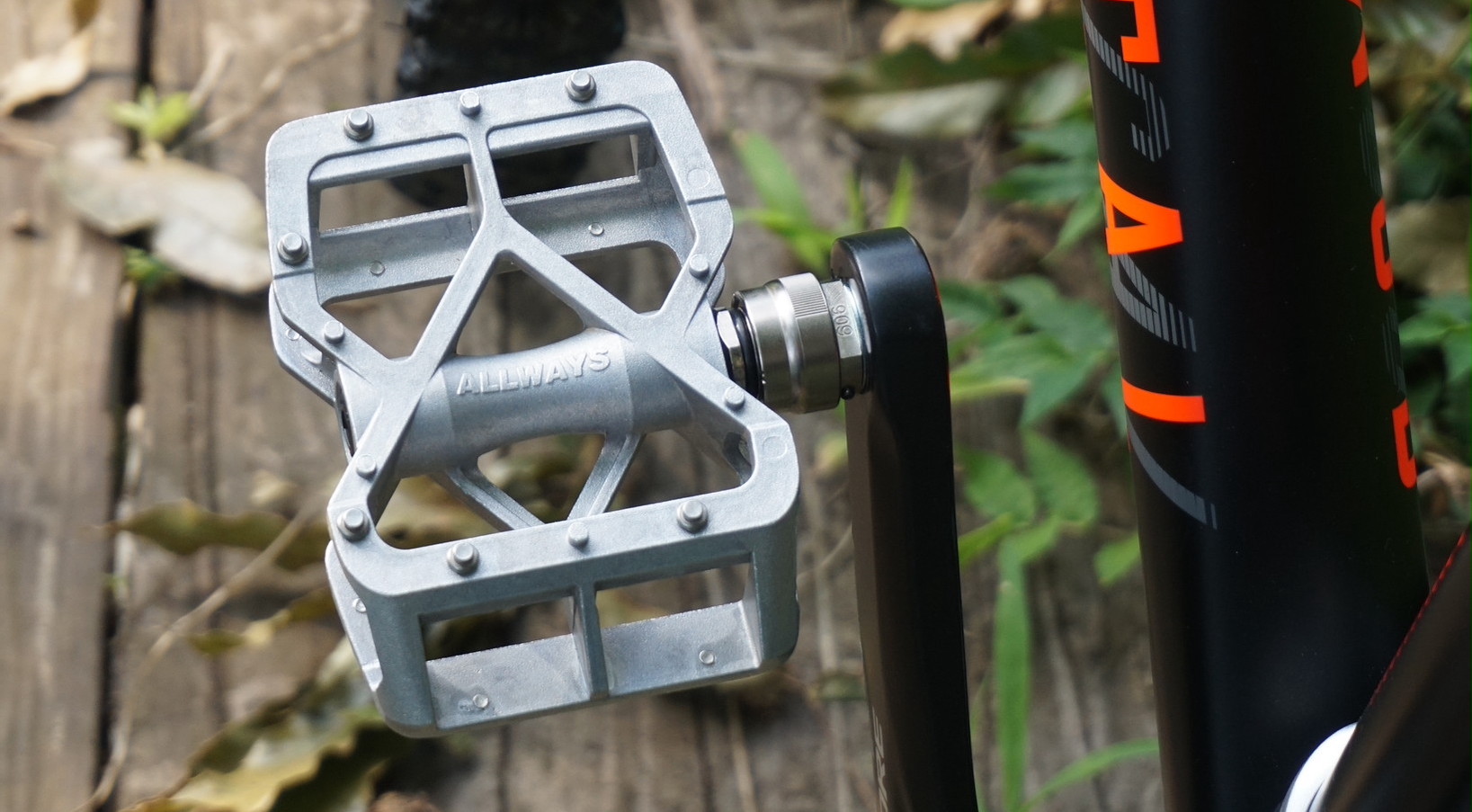
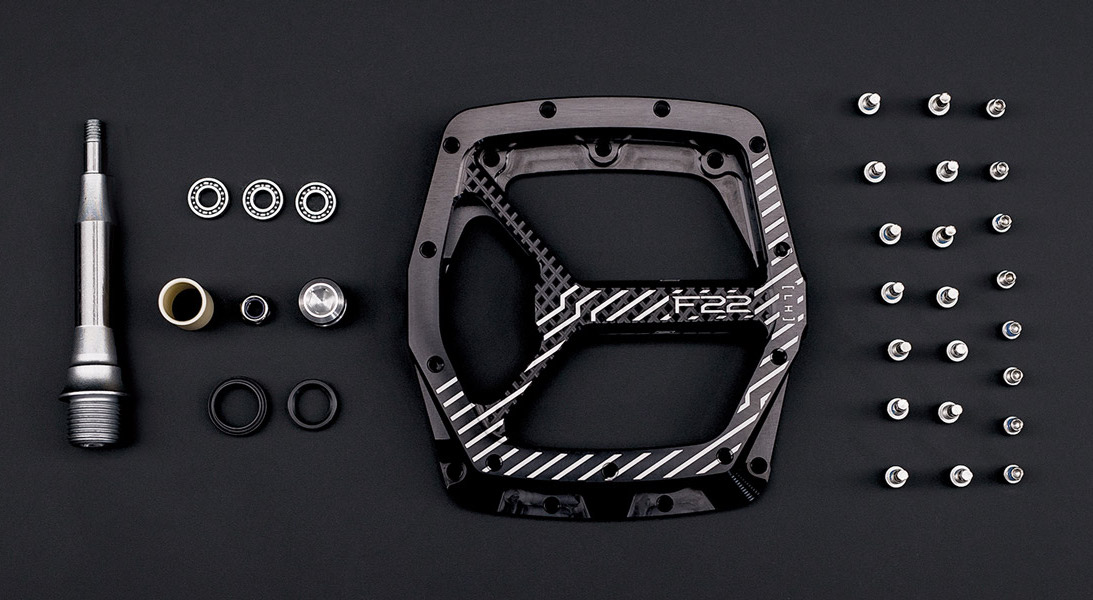


Thanks for confirming what many of us suspected: that titanium tent pegs are not good value for money.
Fact! 🙂
Interesting experiment, Alee. Makes me anxious to get out on the bike as soon as the weather improves!
The good folks of GCN did an episode about this, and their conclusion was that the best way to ride lighter is by getting rid of excessive body weight. Losing 1 kg from our belly is better for our health and our wallet, and the performance gain, as little as it might be, will still be there.
It’s funny how each of us can make our own conclusions (usually “what I think/do is right”) from the same article. I just got back from a 4-month “cycling” trip with 5kg of gear (tent, clothes, spares, tools, cooking eqpt) and I used much less energy than in the article ;). With a single 20liter bag, and a 10kg folding bike (brompton for now, soon to be a Helix), in one go you can hop on a bus to get into/out of a congested city, take a sleeper through monotonous terrain, bring all your gear into your room, sleep with your bike inside your tent… That’s the true advantage to lightening your bike, your body, and your gear… Freedom. That freedom was the envy of every laden tourer (6 bags & a bike to deal with! ) that I saw/travelled with across India and Burma. I really look forward to using this same multi-modal technique in Japan all summer. Less, is so much more.
Yes, but a round Easton peg, with 2 titanium V pegs around it take up 1/3 the space of a full set of Aluminum, it all adds up if you want to get down to a single 20 liter touring bag.
Yes, clearly, have been advocating as much for a long time.
A very sound approach.
Great post – just found this. To put your “discrepancy” into different words, the reason more weight feels like harder work is that generally we don’t actually reduce speed as required to maintain a constant power level. Instead, we work harder, so at the end of a day of pushing 25kg we’re much more tired than pushing 5kg. (Hmm, that’d be kind of interesting to know – what does an hour of 250W feel like compared to 200W etc…)
One of the problems with a more heavily-laden bike (especially as I get older….) is not how far I can go in a day, or how long it takes me, but if I can actually get up hills when the gradient is steep. Pushing a laden bike up a hill because you can’t manage the gradient riding it is even more tiring. So I would be interested to know how weight affects the max gradient someone could climb (given sufficient gearing). Maybe it depends how slow you can ride and still keep balance.
We can calculate this, provided we know what power you can push for a sustained period of time.
For example:
If you were 70kg with a bike weighing 20kg, and rode at 4km/h (40 RPM with a 20″ gear) then you would need to push 150 watts to ride up a 14% gradient. At this same speed, every 10kg added will require ~17 extra watts. So in this instance, you would need to push 200w @ 4km/h with a 50kg bike.
I just use sticks – available at most camp sites – biodegradable when there’s no sticks there’s always rocks 🙂 haven’t carried tent stakes in years…
Thanks for a quick reply, Alee. I’ll put these figures to the test. Not sure if I can go as slow as 4 kph without falling off though! I do need some lower gears, to which end I’m going to post on your other article about the new Rohloff sprocket adaptor
Its good to have this data for reference. Thank you for taking the time to experiment. Us “weight weenies” probably get more carried away than we need to. I am glad you do list the other reasons why weight might matter other than mere efficiency. I do most of my touring off road. The weight (or rather size) of the gear does have a big impact on bike handling. It affects what bike I can choose (which affects speed over rough terrain). Weight does matter for the hike-a-bikes that often arise during off road touring — pushing a 30lbs bike up a 30% muddy incline for 400 yards feels way different than pushing a 50lbs bike up that same incline. And off road touring generally means ditching the panniers for framebags, saddle bags, backpacks, and other soft bags. So here size (more than weight) is a limiting factor — you just have less carrying capacity.
The effect is magnified over larger distances too. Using your calculations and extrapolating over something like the Great Divide (aka Tour Divide) route, the weight penalty adds up to nearly a full day for a heavy load vs light load. If you are aiming for a performance goal, that is a pretty big deal.
While there is probably still less effect than we believe, my personal experience leads me to believe weight (size) matters more when you move off the tarmac.
I definitely agree that weight is more important for the off-road stuff. The terrain is already hard enough on your bike and components – add in the stresses of extra weight and it certainly doesn’t help.
I analyzed the effect of extra weight using computational modeling and arrived at a similar conclusion on a typical bike touring route and typical speed: about 1 minute of cycling time saved per 100 km ridden for a 1 kg weight saving. See the full report on my Ride Far website: https://ridefar.info/bike/speed/weight/
That’s awesome, Chris! I’m glad that our numbers are similar. Thanks for chucking a link to this page in there too.
Well thought out experiments. Thanks for taking the time to do it so others don’t necessarily have to. Appreciate the discussion under “better reasons to drop weight” as well. Thanks.
Thanks for the kind words!
Wow! Thanks for a well planned and well executed effort to answer a question that I’ve been wondering about. I was secretly hoping that it didn’t make a huge difference, because I like to be rather generous in the comforts I allow myself when bike touring. On the other hand, over the last couple of years I have made a SERIOUS effort to reduce my pack weight for backpacking. THIS, I can confirm, makes a HUGE difference in the degree of enjoyment on a hike.
great job!
I have a 19kg old MTB 🙂
I feel like in many articles regarding the topic – that the aspect of acceleration and start/stops isn’t discussed. Many of my regular routes are clear – but plenty of times intersections, lights, etc really cause speed/watt fluctuations. Where getting a hunk of bike moving again… would harder. Would be interesting to see an acceleration to cruise speed time trial at a steady/low power up a slight incline or flat. That type of stop-start time loss is often repeated over the course of a 3-8hour ride… could be a meaningful addition in time on top of weight/aerodrag?
Good article!
I think the big component with touring weight – would that weight is often somewhat related to volume – increasing air drag. Especially when volume increases to the point that another pack is required. I don’t think I saw a mention of pack sizes for each weight test? Were you able to keep volume of pack pretty similar (not always possible in reality?)?
Great point on the acceleration. Pretty hard to measure, but a heavier bike will take more time to get going, so in a city it could make a significant difference. That said, with things like traffic lights where you have to wait periodically, the difference may not be as large as we may think.
The volume was consistent for each weight test, resulting in the same aerodynamic drag. I used two Ortlieb Backroller Plus panniers or a 42 litre total capacity. 🙂
Since aerodynamics is important..
Have you done any, or do you know any test to measure the difference to a recumbent cycle versus o normal touringbike?
There are lots of variables here, so I don’t know of any precise tests… but a recumbent is undoubtedly faster given the smaller frontal area; faster again with fairing.
Question, how is the Caloric (energy) input to keep those 200 watts affected by weight? I think this is a huge reason to go lighter given how it will affect your diet, cooking/eating times, food carried. At the end efficiency.
Cycling at 200w with any weight would result in the same caloric expenditure. Therefore, it would be the difference in ride duration that matters.
The difference in terms of time between shortest and longest duration (5kg vs 25kg) on this test (100km in the hills) is about 18-27 minutes. Depending on your weight, that’s probably 200-300 extra calories… or 50-75 grams of dried pasta. Not a lot of extra food really.